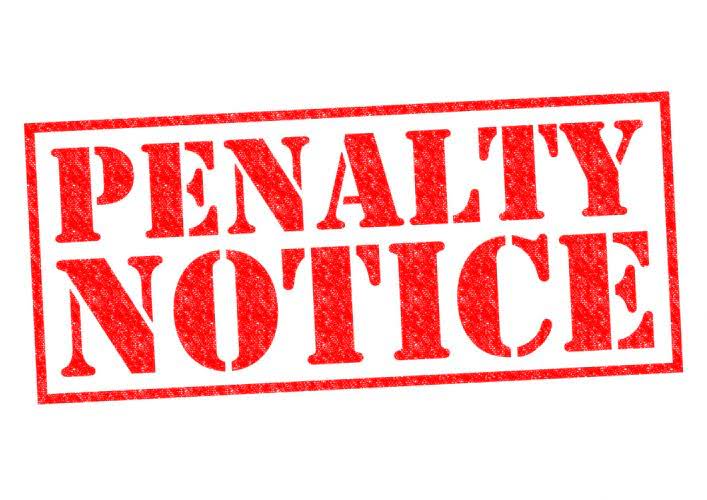
Companies that pay dividends typically enjoy stable cash flows, and their businesses are commonly beyond the growth stage. This business growth cycle partially explains why growth firms do not pay dividends—they need these funds to expand their operations, build factories, and increase their personnel. In addition, stock exchanges or other appropriate securities organizations determine an ex-dividend date, which is typically two business days before the record date. An investor who bought common shares before the ex-dividend date is entitled to the announced cash dividend. Most companies pay a set dividend each quarter with a dividend yield that’s expressed as a percentage of the share price.
Company Financial Health

The ongoing expansion in the data center segment, with continued strong growth, highlights the company’s ability to capitalize on high-demand markets. Dividends are often expected by shareholders as their share of the company’s profits. Dividend payments reflect positively on a company and help maintain investors’ trust. Dividends are the percentage of a company’s earnings that is paid to its shareholders as their share of the profits. Dividends are generally paid quarterly, with the amount decided by the board of directors based Certified Public Accountant on the company’s most recent earnings.
Stock Dividends vs. Cash Dividends: Some Key Differences
Instead, the stockholder will incur taxes when selling their stock on the market. Cash dividends involve converting a portion of equity into cash on behalf of shareholders. Cash-and-stock dividend, as its name implies, is when a corporation distributes earnings to its shareholders in both cash and stock as part of the same dividend. The cash portion of the dividend is expressed in cents or dollars per share owned, and the stock portion is expressed as a percentage of the number of shares owned. Tax is another important consideration when investing in dividend gains. Investors in high tax brackets often prefer dividend-paying stocks if their jurisdiction allows zero or comparatively lower tax on dividends.

What is the benefit of stock dividends over cash dividends?
This means that if the business begins to underperform and the company’s stock value plunges, then your dividend would plunge along with it. All stock dividends require an accounting journal entry for the company issuing the dividend. This entry transfers the value of the issued stock from the retained earnings account to the paid-in capital account. Bookstime A stock dividend may be paid out when a company wants to reward its investors but either doesn’t have the spare cash or prefers to save it for other uses. The stock dividend has the advantage of rewarding shareholders without reducing the company’s cash balance.

Accounts
Due to this, interested individuals should pay very close attention to when a corporation uses cash dividends versus when a corporation uses stock dividends. As a result, interested individuals can definitely use them as a chance to glean insight into a corporation’s inner workings. Stock dividends increase your share in a company without spending more money.
- An investor who bought common shares before the ex-dividend date is entitled to the announced cash dividend.
- However, these stocks tend to be more priced for growth meaning the yields aren’t always as attractive.
- A cash dividend can be categorized as non-qualified or qualified and each is taxed differently.
- A stock dividend is considered small if the shares issued are less than 25% of the total value of shares outstanding before the dividend.
- Stock dividends involve increasing the number of outstanding shares.
- This overview will outline key considerations for companies about cash dividends.
- Companies that pay stock dividends are giving their shareholders the choice of keeping their profit or turning it to cash whenever they so desire; with a cash dividend, no other option is given.
They’re typically distributed to stockholders on a quarterly or annual basis. For example, if XYZ Corporation pays a $0.50 quarterly cash dividend, then XYZ will pay an investor $0.50 for each share the investor owns on a date that is specified each quarter. If a person owns 100 shares, then that investor would receive a $50 dividend payment, which both cash dividends and stock dividends the investor can then use as income or invest. Shareholders who are willing to reinvest their cash dividend must undergo on a dividend reinvestment plan. Buying more shares is a wise way to earn more money in the future if you believe that the company and economy have the potential to grow.
Stock dividends are thought to be superior to cash dividends as long as they are not accompanied with a cash option. Companies that pay stock dividends are giving their shareholders the choice of keeping their profit or turning it to cash whenever they so desire; with a cash dividend, no other option is given. Companies can pay shareholders stock dividends in the form of either cash or stock and investors can receive stock dividends in both non-retirement and retirement accounts. Every single reason that a corporation can have for paying out a cash dividend can be applied to paying out a stock dividend as well. As such, there will be times when corporations find a stock dividend to be much more convenient than a cash dividend even though the former can have quite an effect on their accounts.